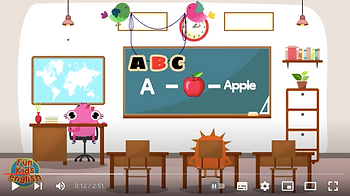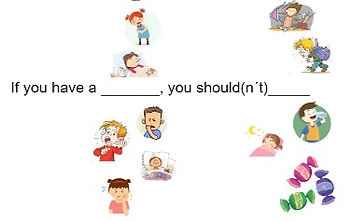Dream BIG! From words to sentences
- Elena

- Mar 28, 2022
- 2 min read
Updated: Aug 13, 2022
This year’s TESOL Spain conference took place online between the 4th – 6th March. Here I summarised a talk I particularly enjoyed - Dream BIG! From words to sentences (Borja Uruñuela).
In his session, Borja focused on simple ways of helping young learners produce complete sentences rather than single words.
Borja emphasized that teachers need to have a vision.
- What do I want the students to produce?
- What can the students produce?
- What have the students done the year before?
Besides, they need to be demanding. Children can come up with longer sentences when they are offered a clear model (modelling) and support (scaffolding).
Here are some of the suggested activities!
1 - Language boxes
Try to provide the learners with language boxes with simple connectors (for example, and, but, because), which will improve the learners' fluency and help them make longer sentences. For example,
I like __ and __.
I like __ but I don't like __.
2 - Songs

Use a song as a model. Besides providing the context and a clear model, it is a good way for learners to improve pronunciation and become more fluent.
Encourage the students to create their own sentences. For example,
When I go to school, I study _______
3 - Language boxes and pictures

Provide the students with a language box and the visuals of the topic vocabulary.
First, go through the language.
Then, get the students in a line. Start with the learners who need more support. As they are making sentences, remove the used flashcards.
This way the teacher is helping those students who need more support.
4 - Role Plays

Use a video as a model.
First, go through the language and clarify the meaning.
Then, in pairs, invite the students to create their own dialogues. Provide the structure of the dialogue on the board.
Finally, encourage the students to act out their dialogues.
5 - One more word

First, give the students one word.
Then, ask them to add one more word.
The students continue adding one more word.
6 - Categorising

Give the students words from three categories (for example, meals – food and drink – parts of the day).
Students have to put the words in categories (they can come up with the categories themselves!)
Once the words are categorised, invite the students to make a sentence using 1 word, then using 2 words, etc.
Comments